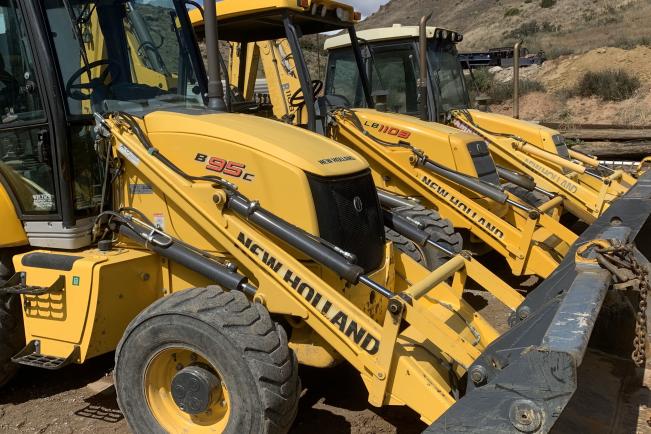The sewage line is part of the system that carries wastewater from your home, through plumbing to the city’s treatment plant. Part of that system falls under the responsibility of the city while the other part is the responsibility of the homeowner.
Determining responsibility may seem as simple as drawing a property line in the proverbial sand, but the sewer line contains specific components owned by the homeowner that may not necessarily fall within the property line.
You can also contact sewer contractors in Los Angeles at https://www.lmolsoninc.com/services/sewer-contracting.

Sewers are expensive to construct and if not built correctly remedial works can be disruptive, time-consuming, costly, and, in some circumstances, have adverse effects on a company’s reputation.
In many instances, a lot of mistakes can be avoided by considering the specification and requirements before and during construction. This is an on-site guide for contractors and operatives constructing sewers, with advice notes provided to avoid some of the common on site errors.
Pipes are expensive and should be handled with care and stored safely in flat areas, away from excavations, stacked no greater than manufactures recommendations.
In particular, PVC pipes should be stored on surfaces that prevent distortion of both the pipe circumference and linear profile.
Sewers located within highway or areas of traffic should have 1.2 m of cover. In other areas, 0.9 m of cover is required. Where this is not possible, a full protective concrete bed and surround must be provided, inclusive of flexible joints.
